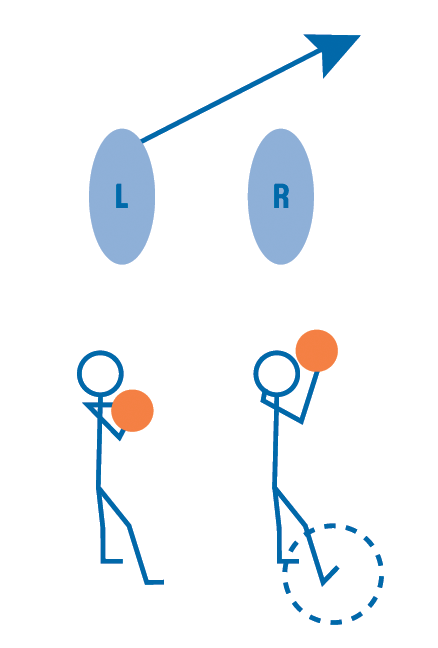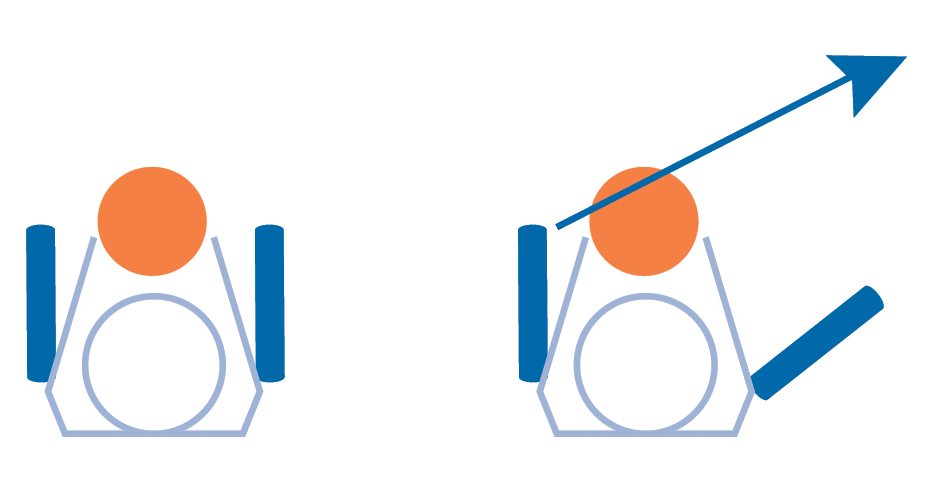- 2.1.1 Planning Practice - Introduction
- 2.1.2 Planning Practice - Setting goals
- 2.1.3 Planning Practice - Stages of a practice session
- 2.1.4 Planning Practice - Planning appropriate activities
- 2.1.5 Planning Practice - Duration of activities
- 2.1.6 Planning Practice - Using stations and group work
- 2.1.7 Planning Practice-Managing Physical and Psychological Load
- 2.1.8 Planning Practice-adding complexity
- 2.1.9 Review-Reflecting on practice
- 2.1.10 Creating a Positive Environment
- 2.1.11 Providing a Safe Environment
- Follow Up
- 2.3.1 Communicating with Athletes - Listen More, Speak Less
- 2.3.2 “Coaching on the Run” Technique
- 2.3.3 Providing Feedback
- 2.3.4 Changing behaviour with feedback
- 2.3.5 Conducting the Session - Organizing Players into Groups
- 2.3.6 Conducting the Session - Introduce the Activity
- 2.3.7 Conducting the Session - Observe and Give Feedback
- 2.3.8 Adaptive Coaching - Changing Activities to be more effective
- 2.3.9 Adaptive Coaching - Coaching Athletes of Varying Abilities
- 2.3.10 Adaptive Coaching - Including Athletes with a Disability
- Follow Up
- 3.2.1 Productive and reproductive approaches to coaching
- 3.2.2 Different approaches according to age of athlete
- 3.2.3 LTAD - making fun a focus
- 3.2.4 Games-based approach to coaching
- 3.2.5 Differing coaching styles to coaching
- 3.2.6 Communication styles
- 3.2.7 Holistic development - “athlete-centred” approach
- 3.2.8 Holistic development - teaching non-basketball skills
- 3.2.9 Holistic development - developing mindset and resilience
- 3.2.10 Holistic development - developing self confidence
- 3.2.11 Holistic development - developing self control
- Follow Up
- 2.7.1 Basic shooting - introduction
- 2.7.2 Basic shooting - teaching lay-up footwork
- 2.7.3 Basic shooting - foundation for the shot - balanced stance
- 2.7.4 Basic shooting - grip on the ball
- 2.7.5 Basic shooting - "top of the shot" - releasing the ball
- 2.7.6 Basic shooting - shooting off the dribble
- 2.7.7 Basic shooting - jump shot
- Follow up
- 2.8.1 The Importance of the First Step
- 2.8.2 Getting post position
- 2.8.3 Drop step
- 2.8.4 Drop step - counter move
- 2.8.5 Basics of perimeter offence
- 2.8.6 Drive fake moves
- 2.8.7 Shot fake moves
- 2.8.8 Catch and shoot
- 2.8.9 Penetrating off the dribble
- 2.8.10 Activities to practice offence in low post
- 2.8.11 Activities to practice perimeter offence
- Follow-Up
- 1.1.1 Matching up - basic principle of man to man defence
- 1.1.2 Distance from opponent
- 1.1.3 Defending one pass away
- 1.1.4 Flat triangle position
- 1.1.5 Stance - denial or open
- 1.1.6 Moving on the pass
- 1.1.7 Help defence - split line defence
- 1.1.8 Help defence - help to defend dribble penetration
- 1.1.9 Help defence - helping the helper / defensive rotation
- 1.1.10 Defensive communication
- 1.1.11 Transition defence
- 1.1.12 Full court man to man defence
- Follow up
- 1.2.1 Defending off ball screens – “lock and trail”
- 1.2.2 Defending off ball screens – “under”
- 1.2.3 Defending off ball screens – “through”
- 1.2.4 Defending off ball screens – “switch”
- 1.2.5 Defending on ball screens – “under”
- 1.2.6 Defending on ball screens – “over”
- 1.2.7 Defending on ball screens – “through”
- 1.2.8 Defending off ball screens – “switch”
- 1.2.9 Defending on ball screens – “double”
- Follow up
- 2.1.1. Motion offence - 5 out - dribble entry - hand-off
- 2.1.2 Motion Offence - 5 Out - Replacing the Cutter
- 2.1.3 Motion Offence - 5 Out - Purposeful movement - timing and spacing
- 2.1.4 Motion Offence - 5 Out - Ball Reversal
- 2.1.5 Motion Offence - 5 Out - Dribble Penetration - Receivers’ Principles
- 2.1.6 Motion Offence - 5 Out - Dribble Entry
- 2.1.7 Introducing Screens - 5 Out - Pass and Screen Away
- 2.1.8 Scrimmage Activity
- 2.1.9 Allowing Creativity in Decision Making
- Follow up
- 2.2.1 Off Ball Screens - Role of Screener - Setting the Screen
- 2.2.2 Off Ball Screens - Basic Cuts of Screen - Straight Cut
- 2.2.3 Off Ball Screens - Basic Cuts of Screen - Curl Cut
- 2.2.4 Off Ball Screens - Basic Cuts of Screen - Back Cut
- 2.2.5 Off Ball Screens - Basic Cuts of Screen - Flare Cut
- 2.2.6 Off Ball Screens - Role of Screener – Pop or Roll
- 2.2.7 Off Ball Screens - Down screens
- 2.2.8 Off Ball Screens - Up screens
- 2.2.9 Off Ball Screens - Back screens
- 2.2.10 On Ball Screens - Dribbler Options
- Follow up
- 2.3.1 Basic Fast Break - Starting the Break
- 2.3.2 Basic Fast Break - Running Wide Lanes
- 2.3.3 Basic Fast Break - Pass the Ball Ahead
- 2.3.4 Basic Fast Break - 2v1 Fast Break
- 2.3.5 Basic Fast Break - 3v2 Fast Break
- 2.3.6 Basic Fast Break - Moving into Offence
- 2.3.7 Activities to Practice Fast Break Principles
- Follow up
Level 1
2.8.4 Drop step – counter move
Counter Moves
After a drop step move, the post player may face a help defender, or their own defender may have managed to move into position. It is important that all players have a “counter move” to use – however it can also be used on any penetration in the key, whether on receiving a pass, or dribbling from the perimeter.
First, the use of a shot fake can be extremely effective to get the defender to jump (in an effort to block the shot). An effective shot fake should lift the ball to at least the forehead, and should lift the shoulders and upper body. The lower body must stay balanced and ready to move.
After the fake, either a reverse pivot, forward pivot or cross-over step may be the most effective way to step towards the basket, and players should be able to do all three. Forward and reverse pivots have already been discussed in this chapter.
Cross-Over Step (“Step Through”)
With a cross-over step, the player moves to their right, stepping with their left foot or vice versa.
In this instance it can help to pivot on the heel of the foot, rather than on the toes. By pivoting on the heel and turning the pivot foot in the direction they wish to head, it is made easier to move in that direction.

